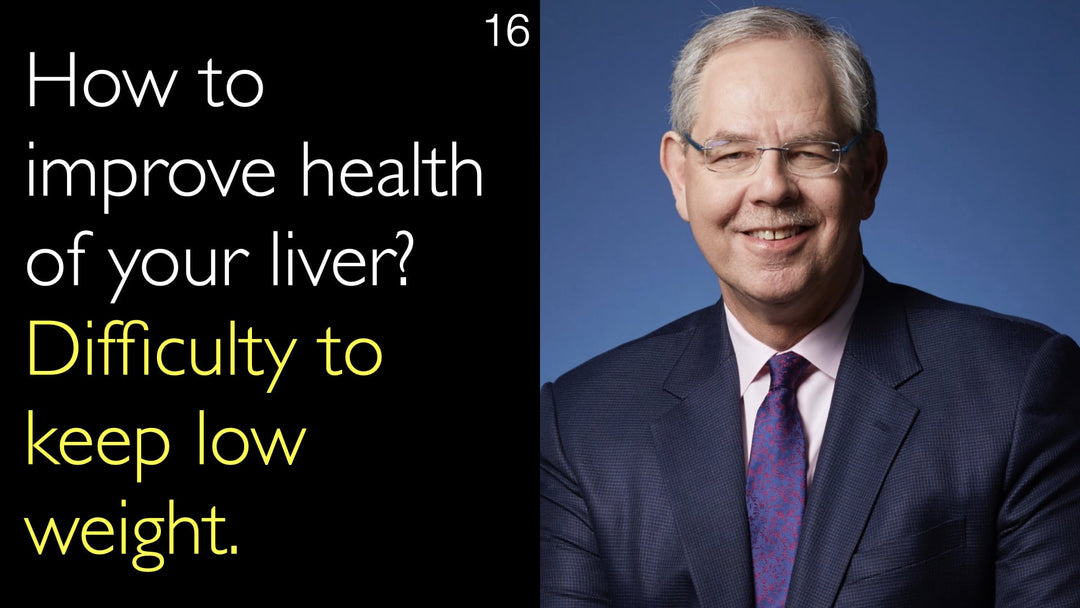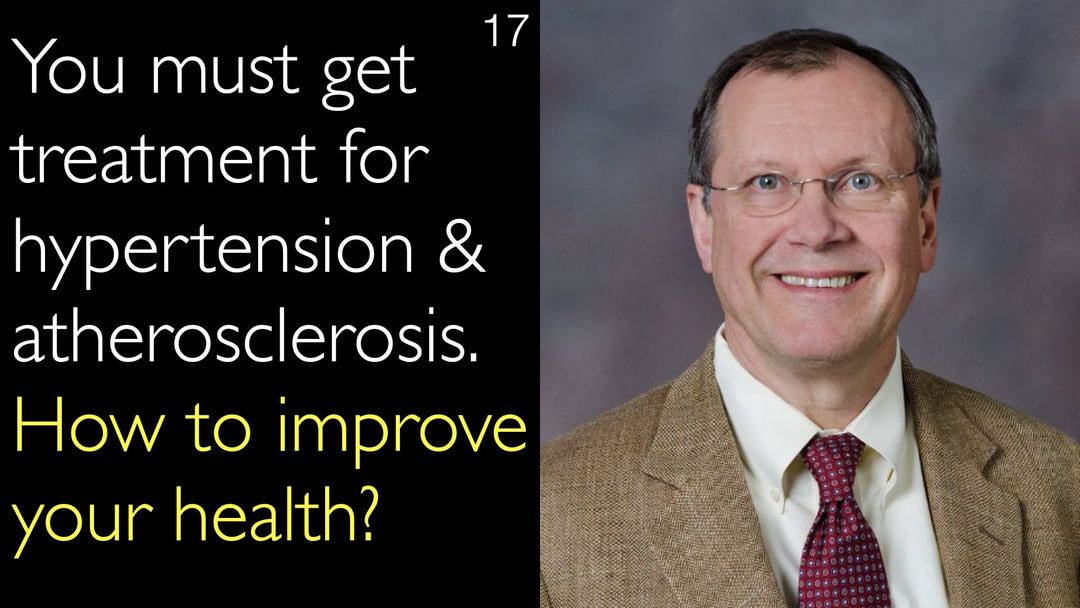Johtava terveyden sosiaalisten määrittäjien asiantuntija, lääketieteen tohtori George Kaplan, MD, selittää, että terveyttä heikentävät valinnat – kuten tupakointi, epäterveellinen ruokavalio ja liikunnan puute – eivät johdu pelkästään henkilökohtaisesta tahdonvoimasta. Niihin vaikuttavat merkittävästi sosiaaliset paineet, ympäristöolosuhteet ja taloudelliset tekijät. Hän kuvailee yksityiskohtaisesti, miten terveellisen ruuan saatavuus, työn vaatimukset ja kohdennettu mainonta synnyttävät käyttäytymismalleja, jotka liittyvät enemmän asuinalueeseen ja tulotasoon kuin yksilön valintoihin. Kaplan korostaa, että ympäristön muuttaminen on ratkaisevan tärkeää väestön terveyden kohentamiseksi.
Sosiaaliset ja ympäristötekijät huonojen terveysvalintojen taustalla
Hyppää osioon
- Yksilönvalinnan ylittäminen
- Asuinalueen ruokamahdollisuudet
- Tulotason esteet terveelliselle ruokavaliolle
- Työn vaatimukset ja liikunta
- Mainonnan vaikutuskuviot
- Ympäristön vaikutus käyttäytymiseen
- Lääketieteellisen toisen mielipiteen tärkeys
Yksilönvalinnan ylittäminen
Yleiset huonot terveysvalinnat, kuten tupakointi, epäterveellinen ruokavalio ja liikunnan puute, nähdään usein virheellisesti pelkästään yksilön tahdonvoiman puutteena. Lääketieteen tohtori George Kaplanin mukaan tämä näkökulma on perustavanlaatuisesti väärä. Hän korostaa, että vaikka nämä käyttäytymismallit ilmenevät yksilöiden tasolla, ne eivät johdu pelkästään vapaasta tahdosta.
Asuinalueen ruokamahdollisuudet
Keskeinen sosiaalinen tekijä, joka vaikuttaa ruokavalioon, on potilaan fyysinen ympäristö. Lääketieteen tohtori George Kaplanin mukaan tietyillä asuinalueilla asuvilla ihmisillä on usein huonompi pääsy terveellisiin, tuoreisiin ruokiin. Tämä luo systemaattisen esteen terveellisille ravitsemusvalinnoille riippumatta yksilön omista toiveista tai tiedosta.
Tulotason esteet terveelliselle ruokavaliolle
Taloudellinen asema määrittää merkittävästi ruokavalion laadun. Lääketieteen tohtori George Kaplan huomauttaa, että matalatuloisilla potilailla on usein pääsyä vain korkeakalorisiin, energiatiheisiin ruokiin, koska ne ovat edullisia. Tämä taloudellinen rajoite tekee terveellisten ruokien valitsemisesta merkittävän haasteen, siirtäen painopisteen henkilökohtaisesta valinnasta systemaattiseen eriarvoisuuteen.
Työn vaatimukset ja liikunta
Työn luonne vaikuttaa merkittävästi ihmisen kykyyn harrastaa liikuntaa vapaa-ajalla. Kuten lääketieteen tohtori George Kaplan toteaa, toistuvaa ja fyysisesti raskasta työtä tekevät eivät todennäköisesti jaksa hypätä pyörän selkään ja ajaa 50 mailia työpäivän jälkeen. Tämä muuttaa passiivisuuden käsitystä laiskuudesta ammatillisen uupumuksen seuraukseksi.
Mainonnan vaikutuskuviot
Ulkoiset sosiaaliset paineet, mukaan lukien kohdennettu mainonta, vaikuttavat merkittävästi terveyskäyttäytymiseen. Lääketieteen tohtori George Kaplan pitää markkinointistrategioita keskeisenä ympäristötekijänä, joka muovaa kulutustottumuksia ja usein edistää epäterveellisiä tuotteita, kuten tupakkaa ja sokerijuomia, haavoittuville väestöryhmille.
Ympäristön vaikutus käyttäytymiseen
Todisteet osoittavat, että terveyskäyttäytyminen on sosiaalisesti mallinnettua. Tohtori Kaplan tarjoaa voimakkaan oivalluksen: jos tietyllä alueella havaitaan paljon huonoja terveysvalintoja ja kaikki asukkaat vaihdettaisiin uusiin, uudet asukkaat todennäköisesti omaksuisivat samanlaisia käyttäytymismalleja. Tämä osoittaa, että ongelma on juurtunut ympäristöön ja olosuhteisiin, joissa potilaat elävät, eikä se johdu yksilöistä itsestään tai geneettisestä taipumuksesta.
Lääketieteellisen toisen mielipiteen tärkeys
Näiden monimutkaisten sosiaalisten tekijöiden ymmärtäminen on ratkaisevan tärkeää tehokkaalle terveydenhuollolle. Lääketieteen tohtori Anton Titov korostaa, että toisen lääketieteellisen mielipiteen hakeminen on tärkeää potilaille. Kattavan diagnoosin ja hoitosuunnitelman tulee ottaa huomioon nämä laajemmat elämäntilanteet, eikä vain biologisia oireita, jotta hoito olisi todella tehokasta ja oikeudenmukaista.
Koko tekstitys
Lääketieteen tohtori George Kaplan: Tupakointia, epäterveellistä ruokavaliota ja liikunnan puutetta pidetään hyvin yleisesti yksilön valintoina. Mutta minun on erittäin vaikea uskoa, että nämä kolme tekijää olisivat puhtaasti yksilön valintoja tai vapaata tahtoa.
Se on tärkeä oivallus: vaikka käyttäytymismallit ilmenevät yksilöillä, ne ovat sosiaalisesti muovaantuneita. Tietyillä asuinalueilla asuvilla potilailla on huonompi pääsy tiettyihin ruokiin. Matalatuloisilla ihmisillä saattaa olla pääsyä vain korkeakalorisiin, energiatiheisiin ruokiin, jotka ovat edullisia.
Ihmiset, jotka tekevät toistuvaa ja fyysisesti vaativaa työtä, eivät halua hypätä pyörän selkään ja ajaa 50 mailia työpäivän jälkeen. Kaikilla näillä tekijöillä, mukaan lukien mainontakuvioilla, on vaikutusta käyttäytymiseen.
Yksi tapa ajatella asiaa on, että jos havaitset näiden käyttäytymismallien olevan korkeampia tietyllä alueella, ja jos siirtäisimme kaikki pois kyseiseltä alueelta ja korvaisimme heidät uudella potilasryhmällä – he todennäköisesti näyttäisivät samoja käyttäytymistasoja.
Kyse ei ole yksilöistä. Kyse ei ole geneettisestä taipumuksesta. Kyse ei ole jostain kiveen hakattusta asiasta. Kyse on olosuhteista, joissa nämä potilaat elävät.








